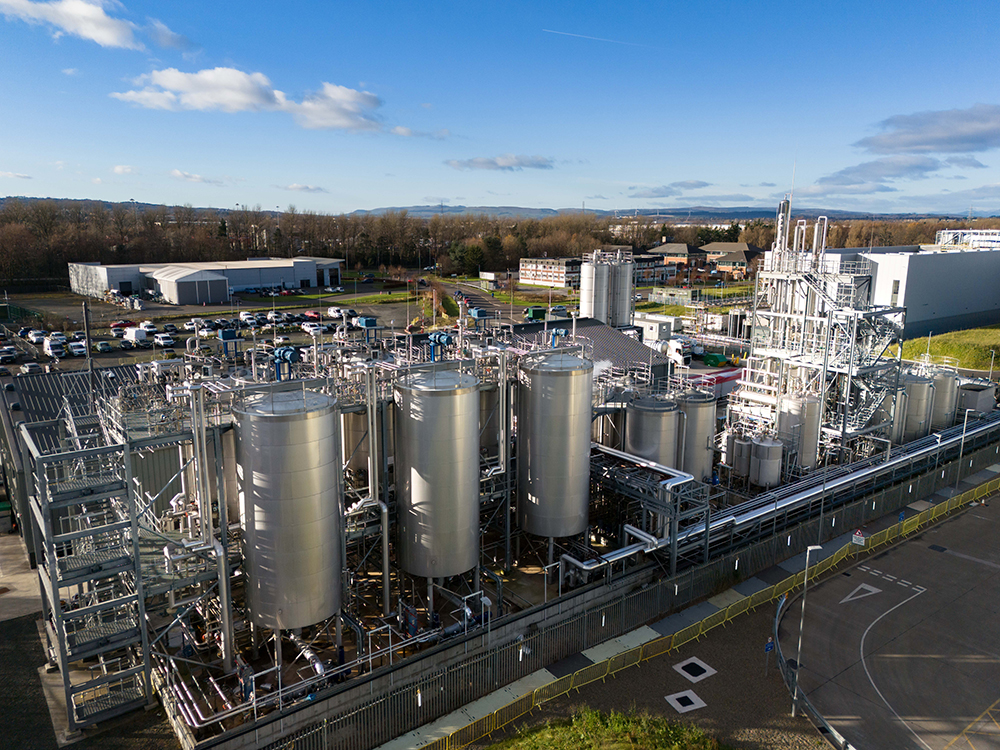Chemical engineering, process safety and associated industries are built around the mutual core value of striving for a greener, more sustainable environment, and this can only become a realistic goal through collective efforts to make processes greener. The road to decarbonisation and greener energy sources is one in which light is visible at the end of the tunnel, but it does not come without its fair share of obstacles, and we shall be discussing these challenges and potential routes around them in this article.
Potential challenges that we face when moving to greener energy sources
With the conversation of net zero and green energy becoming increasingly common, we are at a particularly dynamic time for industry. Trials are currently ongoing for new ways to incorporate greener processes, such as the use of alternative energy sources (LIN, LNG, hydrogen, electricity) but also methods to capture CO2, but these trials have identified alternative hazards and potential barriers to implementation. Safety should always be at the forefront when new facilities are being developed and therefore consideration should be given to the siting of these facilities (e.g. proximity to other installations or local communities). Thorough risk assessments for each stage of your proposed project will highlight new hazards that you had not previously been presented with, due to the new technologies and hazards associated with alternative fuel sources. For these facilities additional assessments may be required to understand the hazards and the safeguards required to be implemented. This may include COSHH and environmental risk assessments as there may be different hazards for new energy sources that have been considered. Furthermore, as new technologies are being implemented at a rapid pace industry legislation is lagging behind therefore knowledge should be shared amongst industry to ensure that hazards are understood and managed appropriately. Nevertheless, guidance is gradually being updated and therefore sites should be aware of the latest standards to ensure that all onsite practices are compliant.
A potential long-term hurdle is the relationship between the industry on a national level and a global level. Though greener local practices are desirable, discrepancies in the efforts made to act in such a way could damage business activities down the line. Lots of international markets are dominated by conventional products and production chains and are not yet conditioned to the same strict environmental standards as we are in the UK, which could make international business more difficult. This goes to show that if we are to strive in our aims for a greener environment, a global harmony in attitudes and practices is imperative. However, innovation is still essential to meet the CO2 reduction targets set by the UK government.
Substantial structural and procedural changes will, of course, bring regulatory compliance issues with them. Planning consent is a long-winded process and often unsuccessful, and even if you are successful, that is only the first hurdle. There is also the legal requirement to gain hazardous substance consent through the local hazardous substances authority (HSA) which usually takes between 6 and 12 months and requires lots of forward planning. For some developments permits may also be required if there are deemed to be any emissions to the environment. It is therefore essential that approval is sought from the regulator well in advance of a new installation being put into operation as this could be a barrier to implanting green technology.
How to ensure safety when implementing greener methods
The ever-present challenges that come with a more sustainable outlook on chemical processes reinforce the importance of a holistic approach to process safety, and there are many branches of this that simply cannot be overlooked when operating at such high stakes. We have touched on some legal obligations, yet there are also certain risk assessments which you are legally bound to carry out when handling hazardous substances. COSHH and DSEAR assessments are both a legal requirement in the UK in order to ensure that risks are managed appropriately. When using new hazardous substances, you must be familiar with their potential risks e.g. LIN and CO2 could pose a risk of asphyxiation and also have cryogenic hazards while hydrogen has a much lower ignition energy than traditional fuel sources, has an invisible flame and is more buoyant. These assessments are often the first step to understanding what can go wrong during new practices.
enquiries@ras.ltd.uk











